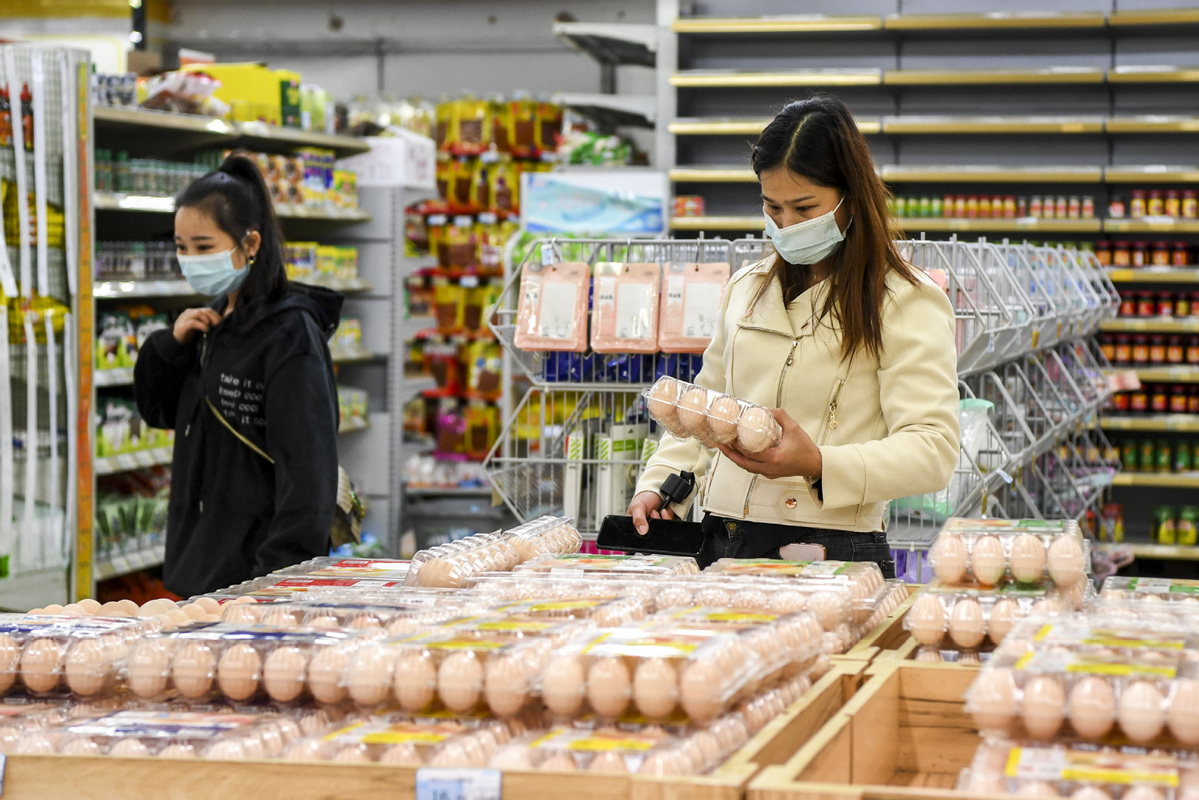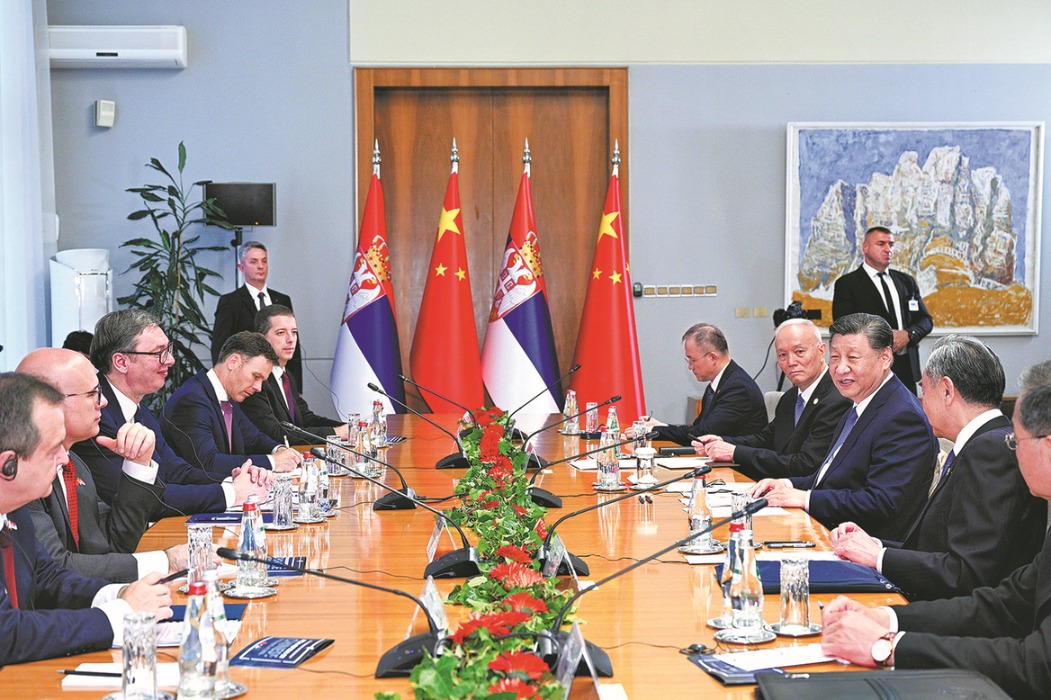Window for more proactive macroeconomic policies
China Daily | Updated: 2022-02-18 07:56

According to the National Bureau of Statistics, China's consumer price index rose 0.9 percent year-on-year in January, rising 0.4 percent from December when the CPI declined 0.3 percent from the previous month.
The slight surge in CPI-a below 1 percent growth of CPI is rare for January because of the upcoming Spring Festival holiday-was mainly due to falling food prices, particularly the prices of pork and fresh vegetables.
That was also a sign indicating that consumption remains weak because of the people's low consumption desire and spending power as well as the influence of the epidemic prevention and control work on the service sector in some places.
After hitting a record high of 13.5 percent in October last year, the producer price index rose 9.1 percent year-on-year and fell 0.2 percent month-on-month in January.
The turning point came in October last year when China took actions to curb the fast rise of coal prices and increase the supply of coal, which helped ease the power shortage.
At present, the Chinese government has increased the regulation of coal, iron ore and other markets, to avoid the expansion of infrastructure investment stimulating speculation in upstream commodities, which would drive the PPI to continue to rise and affect manufacturing production.
Due to the epidemic, people have reduced their consumption and increased their precautionary savings. Weak consumption will affect the income of some enterprises and individuals, further restricting consumption growth. In addition, the downward real estate investment will drive down the output of traditional industries such as steel, nonferrous metals and cement, but the expansion of infrastructure investment and affordable housing construction will cushion the downward pressure. Therefore, the PPI has a downward trend, mainly due to the improvement of upstream supply, downstream consumption, export decline and other factors.
The US and Europe are now suffering from strong inflationary pressures, mainly on the supply side. China's price environment is relatively better and inflation is less likely in the long run. This gives China a window of opportunity to pursue more aggressive macroeconomic policies.
Over the past three years, China has continued to strengthen the provision of primary products, so that food prices have remained stable despite rising international food prices, which have become a major driver of inflation in many developing countries. By ensuring the supply of commodities such as coal and grain and stable prices of minerals such as iron ore, the Chinese government can avoid the inflation caused by shortages.
However, more attention must be paid to the price of urban services. Since the outbreak of the epidemic, due to the restrictions on international travel, the domestic high-end service industry demand has increased, driving up prices, while some service industries have reduced demand due to factors such as epidemic prevention and control, some labor supply has withdrawn from the market, and the prices of some rigid service demand items have risen.
























